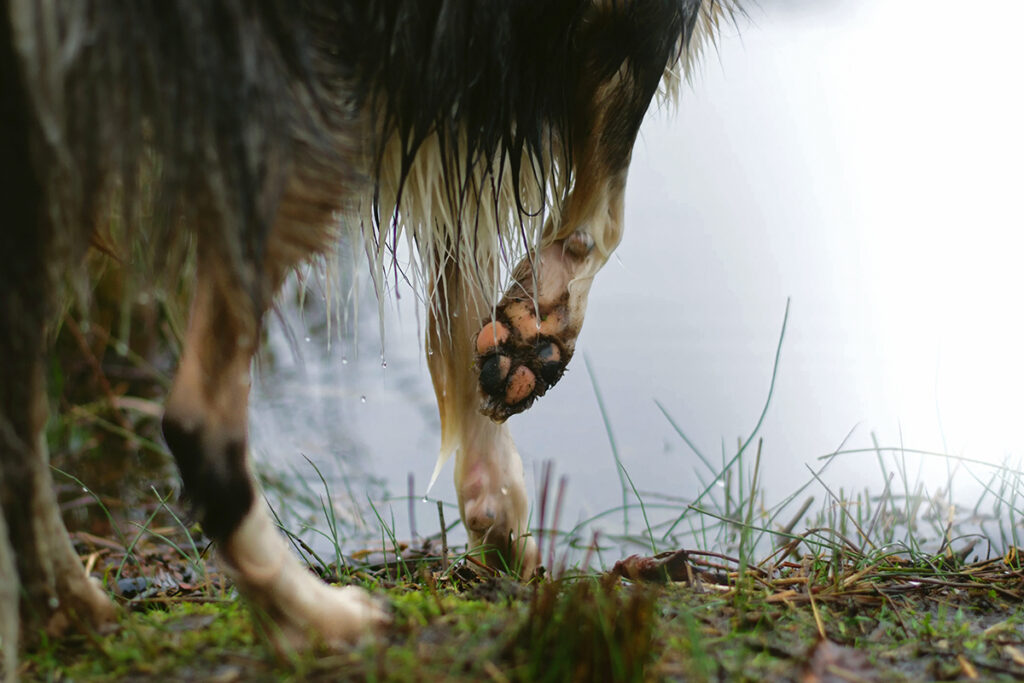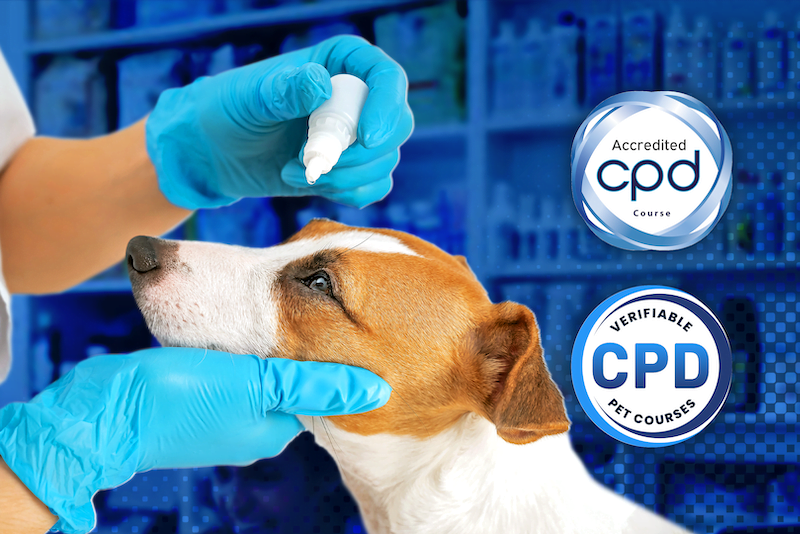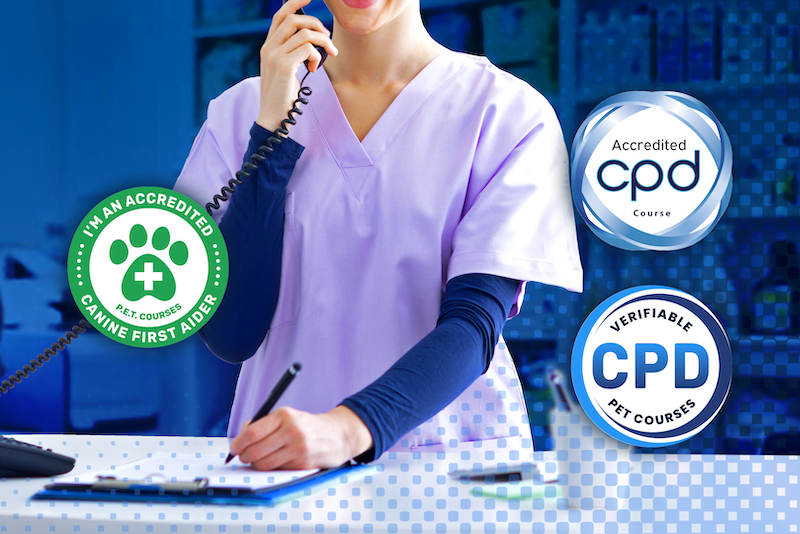How to Deal with Cut Dog Paws in an Emergency
 Pexels.com
Pexels.comWhat if your dog has an accident whilst out on a walk? Would you know what to do?
As a veterinary nurse, I am well aware of the type of canine first aid situations that can arise. Perhaps one of the most common is cuts to the paws and pads. Don’t let this put you off enjoying walks with your dog but read this article for advice on what to do if you are faced with this situation.
Emergency Steps
- Restrain your dog securely so that you can assess the damage (this is easier with two people).
- Is the wound bleeding? If yes, check the type of haemorrhage:
- Is blood oozing from the wound? – probably a capillary bleed and less serious.
- Is it rapidly welling up from the wound and dark red in colour? – It’s likely to be a venous haemorrhage and is serious.
- Is blood exiting quickly and pumping rhythmically? This is an arterial bleed and very serious.
- The main thing to do as a first aid measure is APPLY PRESSURE to the wound until you can get to the veterinary surgery.
- Whilst it is important to clean the wound, if you are out this is going to be difficult. I always recommend that you have a first aid kit in the car or in your rucksack. This means that sterile saline for flushing the wound, sterile dressings and bandages are at hand. Remember the aim is to save life. Stemming a haemorrhage is your main priority.
- Apply pressure to the site of the haemorrhage. Without a first aid kit at hand, use a make-shift bandage. Socks, ties, tights or a scarf can be successfully employed.
- Direct digital pressure is a method that involves placing the fingers directly over the wound. This is a very crude method of stopping a venous or arterial bleed. However in cases of severe haemorrhage, it works well until you can get a pressure bandage in place. Pressure points can be used to slow down a haemorrhage. Use your hands to apply pressure to these sites. For the front paws this can be found under the armpit. For the hind limbs it can be found in the groin.
- Remember that foreign bodies can be found in a wound. These can sometimes help apply pressure to a blood vessel and may be actually helping to stop haemorrhage. If in doubt, leave the foreign body in place. Try and create a doughnut ring around it so that your bandage does not drive it further into the wound.
- Keep your dog warm and quiet to prevent shock.
- Get veterinary attention AS SOON AS POSSIBLE.
This short video is taken fromm y online course, where I cover a wide range of first aid situations. This includes practical demonstrations of how to apply a pressure bandage, dealing with haemorrhage, how to perform CPR and lots lots more…
If you are thinking of buying a first aid kit I’ve put together my own containing most of the things you are likely to need.
The PET First Aid Kit
This high quality, dog walking first aid kit has been expertly put together by registered veterinary nurse Caroline Clark. It contains hand-picked, essential items, ensuring that you will have everything at hand to deal with some common and potentially life-threatening injuries, whilst awaiting veterinary attention.
In stock, ready to dispatch
Want to learn more?
Here’s a selection of our courses which may help you deal with canine emergency situations:
Higher Certificate in Canine First Aid
- Accredited Course
- Video Demonstrations
- Downloadable Resources
- Certificate of Completion
- Lifetime Access
Higher Certificate in Canine Health & Well-being
- Accredited Course
- Webinar & Demonstrations
- Downloadable Resources
- Certificate of Completion
- Lifetime Access
Higher Certificate in Canine First Aid for Veterinary Receptionists
- Accredited Course
- Video Demonstrations
- Downloadable Resources
- Certificate of Completion
- Lifetime Access



